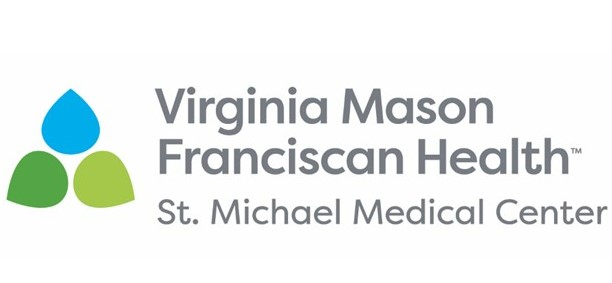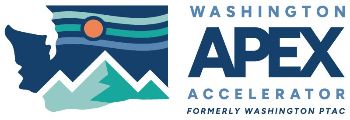Navigating Change: WAV-C’s Journey and Next Chapter
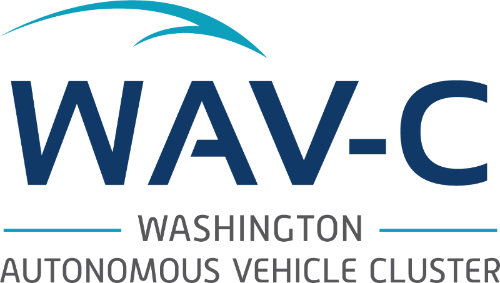
10 Jun 2025
Autonomous Vehicle Cluster, WAV-C, Kitsap
Changes Coming to the WAV-C Program

In Summer 2022, KEDA launched WAV-C, the Washington Autonomous Vehicle Cluster. Bolstered by more than 20 letters of support from community members as well as strong interest from defense, maritime, and technology stakeholders, WAV-C launched with a $500,000 grant from the Washington Department of Commerce's Innovation Cluster Accelerator Program. Among the nine initial clusters funded, WAV-C was the youngest and the only one not reliant on a pre-existing industry group for its operations. Instead, WAV-C had KEDA in support, and the program was doing something entirely new: Working to accelerate the potential of maritime autonomous vehicles in Greater Seattle, helping create a center of gravity for that emerging industry in Kitsap.
Key Wins and Recognition: Economic Development Awards
Three years in, now it's time to look at what WAV-C accomplished and the potential future of the program.
WAV-C has been a great success for Kitsap and KEDA. Both this year and last, WAV-C and its private sector partners won the state award for economic development in Business Retention and Expansion. Last year, it was for the first phase of SERCO's Illahee waterway tire cleanup, which deployed the first maritime autonomous vehicle built in Kitsap (SERCO's "Archer") to identify the sizes and location of tire dumps that leeched dangerous chemicals into the waterway between Bremerton and Bainbridge. This year, the award went to Booz Allen Hamilton's expansion and investment into their Bremerton Maritime Technology Facility. That new investment in Bremerton's downtown includes some 50 associated high-tech jobs, many of which support the activities of Unmanned Undersea Vehicle Group One, the US Navy's first maritime drone squadron, based out of Keyport.
Driving Innovation
WAV-C did far more than just the award-winning work: It brought a wide range of startups and defense contractors together to submit a white paper for maritime autonomous vehicle use in an active conflict zone, progressed discussions locally about how to increase autonomous technology use in ferries, and kickstarted a regional discussion about the need for maritime robotics workforce development. This included not just conversations with universities and colleges, but WAV-C getting out into the community, doing things like providing hands-on technology demonstrations to elementary school students in Bremerton. Interestingly, WAV-C was also KEDA's international arm: When Australians, Latvians, Germans, and representatives from other nations visited Greater Seattle on trade missions, WAV-C played either host or dignitary to those assemblies. Staff also joined the governor and the Department of Commerce on a mission to Norway, engaging with their maritime autonomy interests in Europe.
WAV-C's original funding was scheduled to last two years. It's been three and KEDA has managed to keep WAV-C going, up until this point, through ongoing public investment from the Washington Department of Commerce and the Economic Development Administration, as well as additional private sector investment along with direct support from our own organization. Today, that funding landscape has changed significantly, and many of those financial resources for the WAV-C program no longer exist. So the question is—what now?
Funding and Sustainability
Moving forward, WAV-C's future will be directed by the interest of the maritime autonomous industry and its stakeholder members, with KEDA stepping back to take on less of a leading, and more of a supporting role. Since there are new jobs in Kitsap associated with maritime autonomous vehicles today, it's still KEDA's job as an economic development organization to support those employers and the potential economic impact this high-tech future industry has in our community. So while KEDA is definitely scaling back WAV-C and our involvement—we no longer have full-time staff nor funding to support it—our perspective is, if this young industry still finds value in collaborating and working together, and growing here in Kitsap, KEDA will do what we can to bolster that associated job and industry growth.
For the time being, industry is urging our continued collaboration on maritime autonomous vehicles, including this week when we will cosponsor WAV-C Connect: Demo Day along with Booz Allen Hamilton. The event will feature a handful of companies conducting on-water autonomous mission demonstrations. Despite the loss of funding, WAV-C's advisory board encouraged us to hold this event in the interest of growing business opportunities and serving the industry's strategic goals. If there’s both industry interest and realistic financial support to continue to make events like this happen, we’ll keep at it.
A Heartfelt Thank You
I want to offer my deep thanks to both WAV-C Program Manager Seth Abelson and Business Development Manager Rochelle LeMay for the strong work they put into the WAV-C program over the last three years. They demonstrated a great amount of care, buy-in, and passion for this program and the economic potential this technology holds. Thank you also, of course, to our primary funders: the Washington Department of Commerce and the Economic Development Administration.
I also want to thank the WAV-C advisory board, current members of which include representatives from Booz Allen Hamilton, the University of Washington-Tacoma, the US Navy, Inventech Marine, and Ultrasea. Thanks also to the past members of this advisory board. Moving forward, it's this group that will be in charge of how the WAV-C brand is deployed, and what activities might occur when it comes to collaborative efforts associated with maritime autonomous technology.
The most relevant economic clusters are the ones that are industry-led. Moving forward, that's the future of WAV-C: Its future is now in its industry's hands. KEDA looks forward to this technology continuing to evolve in our region.
More Topics
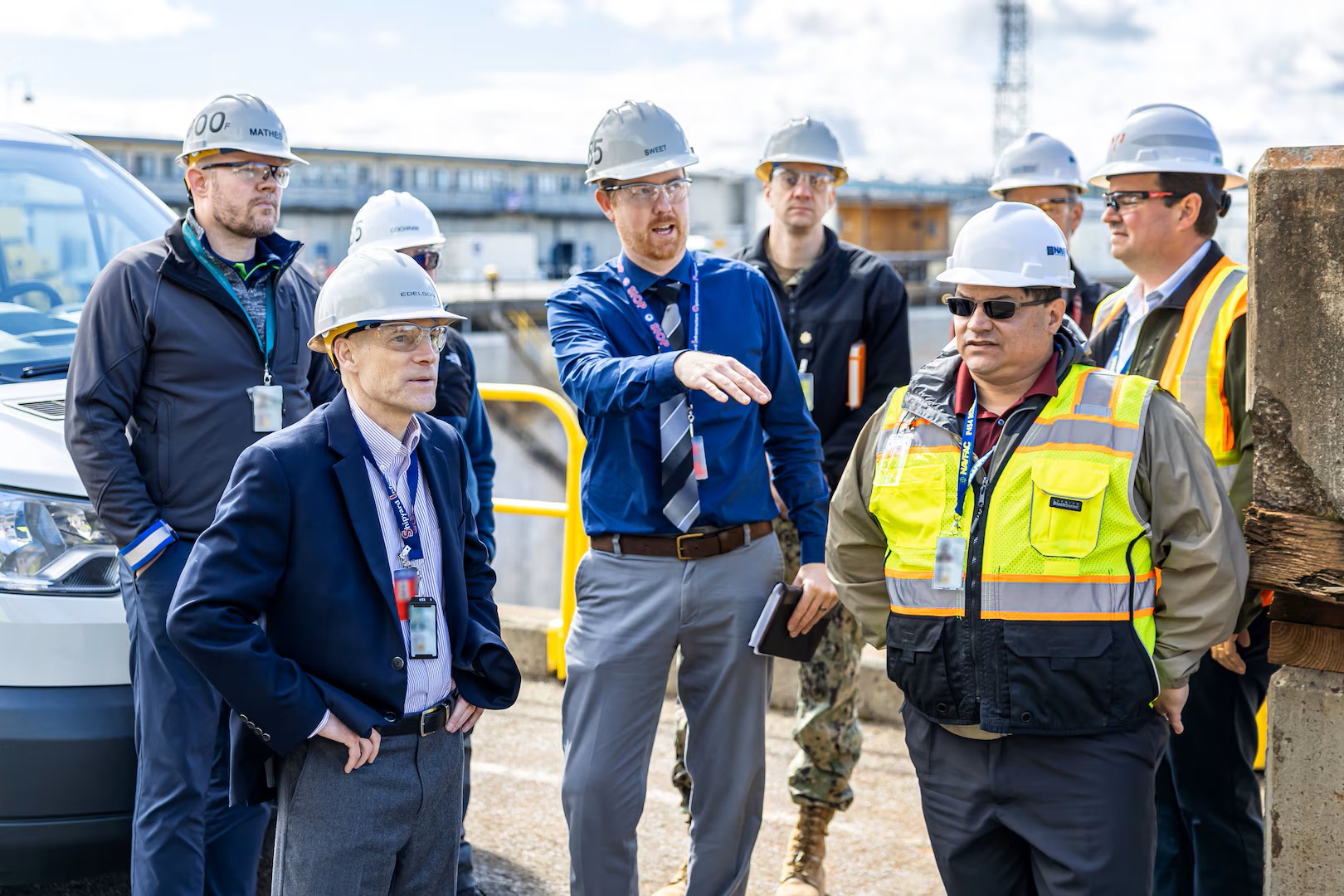
JUNE 12TH Pre-Proposal Conference Waterfront Multiple Award Construction Contract (MACC)
Jun 10 2025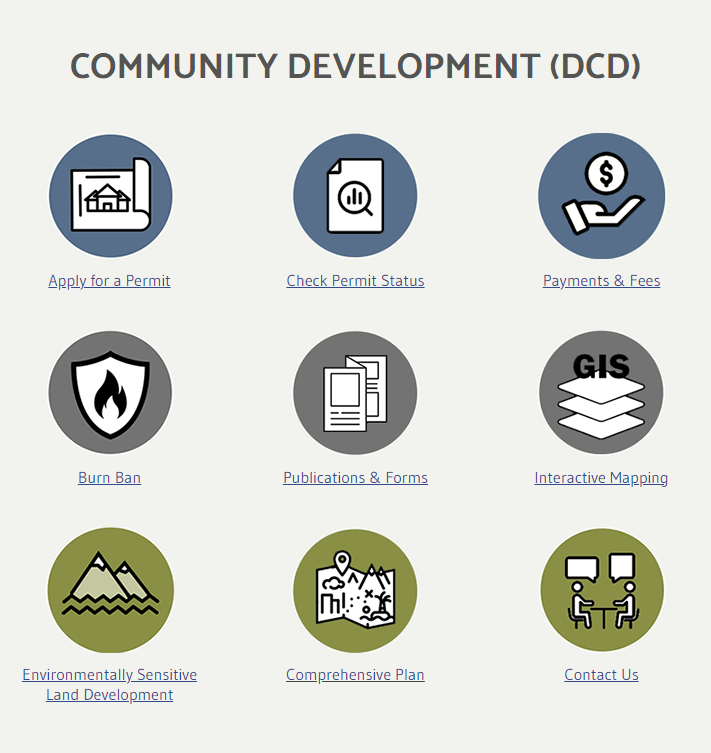
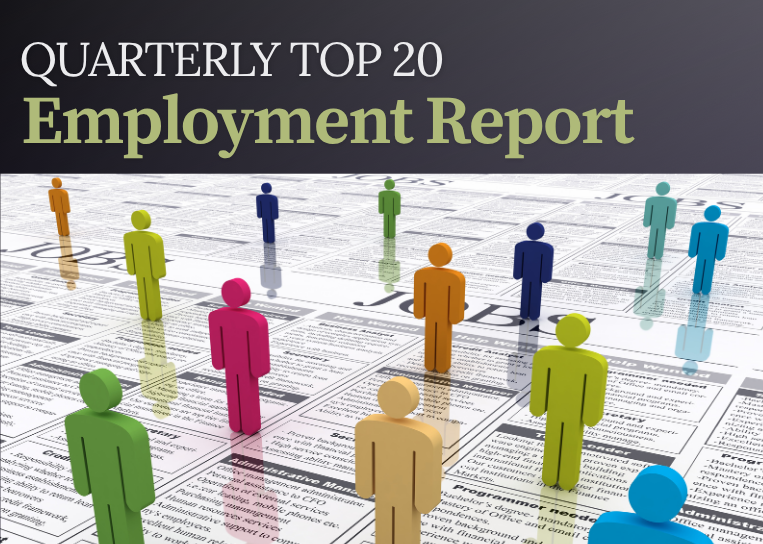





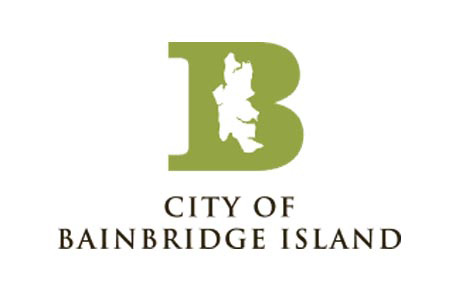
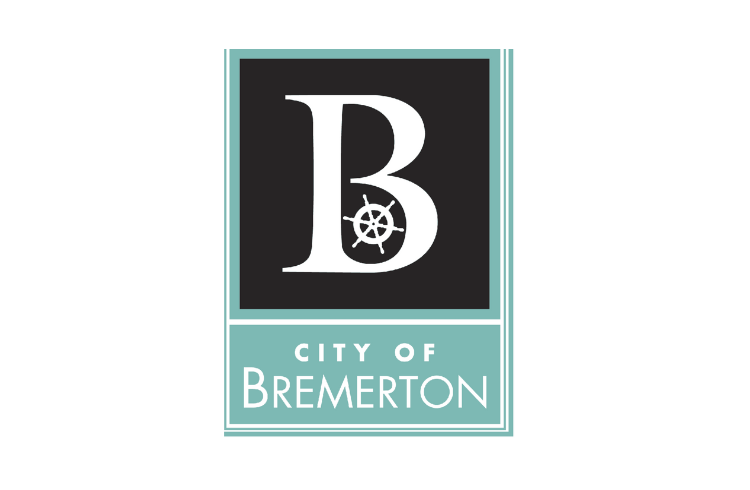
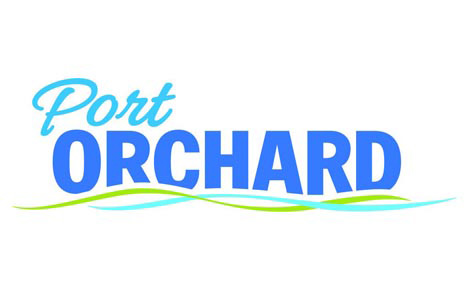
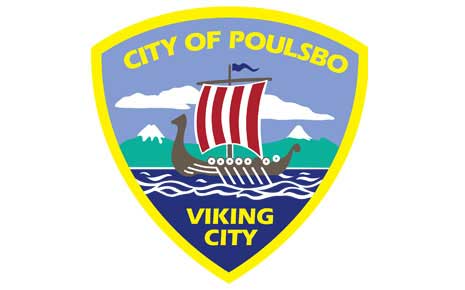
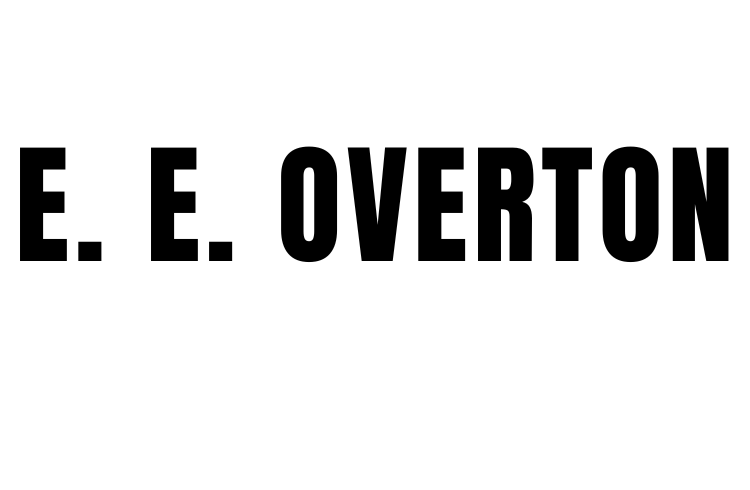
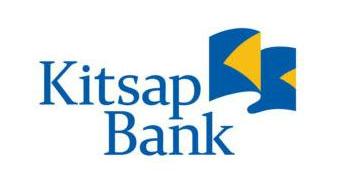
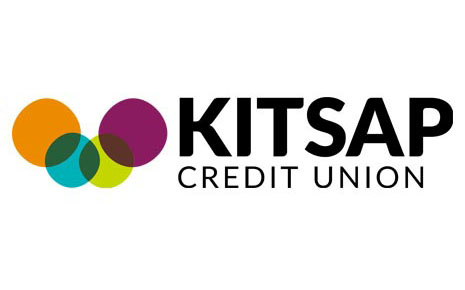
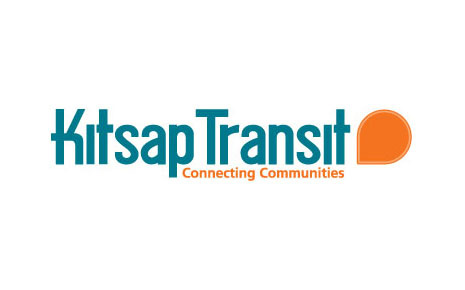
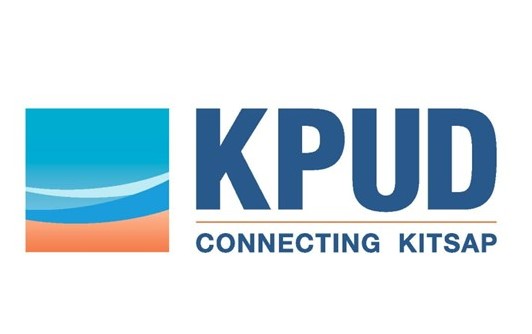
.png)

.png)
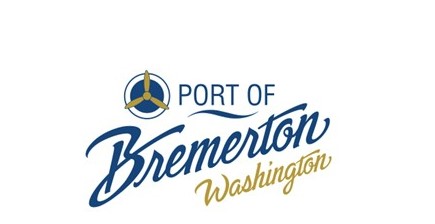
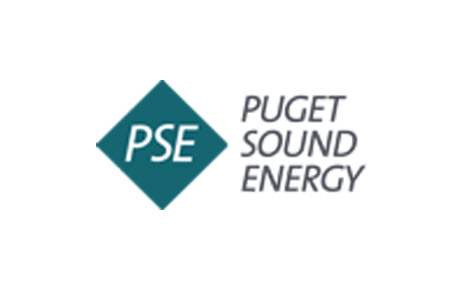

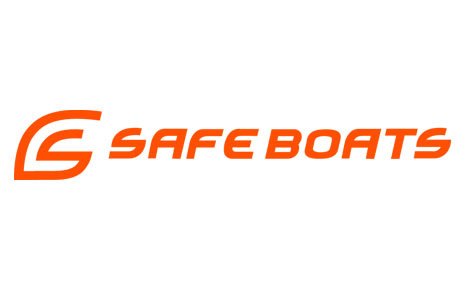
.png)
